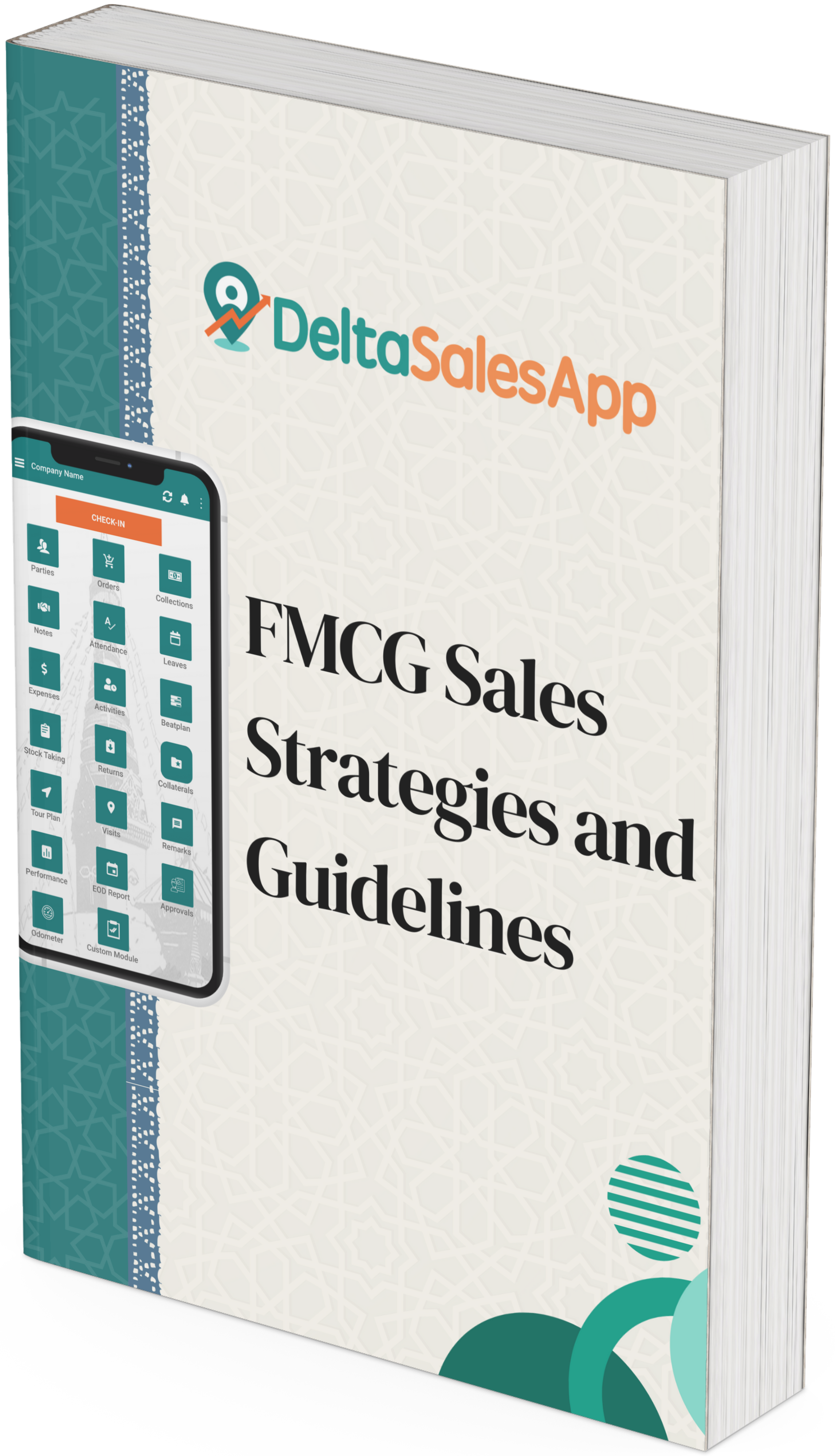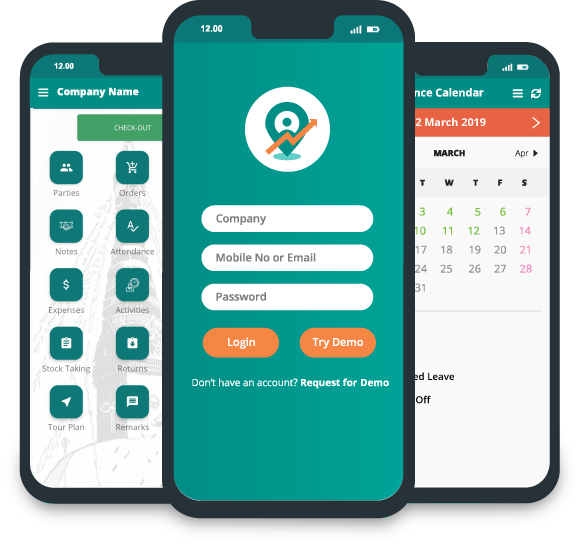How to Estimate FMCG Market Potential: A Complete Guide
_1743597019.png)
When expanding into new markets or even exploring existing ones, understanding the potential for growth and uncovering new outlets is crucial for success. Estimating the FMCG (Fast-Moving Consumer Goods) market potential involves several critical steps, ensuring you can make informed decisions about where to focus your efforts for maximum impact. In this blog, we’ll explore the process in detail, covering everything from identifying potential markets to data collection and route planning.
Step 1: Understanding the Market Boundaries
The first step in estimating market potential is knowing your boundaries. Whether you are entering a new city or targeting a specific region, it’s important to understand where your distribution efforts should begin and end. This geographical boundary will define your target market and set the foundation for all subsequent steps.
Key Questions to Ask:
- What are the geographic boundaries of the market?
- Where does the distribution network start and end?
- Which areas fall within these boundaries?
Understanding this will allow you to narrow your focus and start planning your next steps.
Step 2: Population Insights – Using Census Data
Once you've established the geographic boundaries, the next step is to gather information about the population in that area. Population size and density play a significant role in determining market potential. For this, we use census data, which provides detailed demographic information about the region.
What You Need to Know:
- How many people live in the targeted area?
- What is the population density?
- What are the consumer behaviors in that population?
By analyzing the census data, you can estimate how many potential consumers exist within the region and gain insights into their purchasing habits. This helps you understand whether there is enough demand for your product in that market.
Step 3: DPL Approach – Identifying Available Outlets
In the next step, we use the DPL (Distribution Point Location) approach to estimate how many outlets can be opened in the identified market. This approach helps you determine the number of retail outlets you can target for product placement, allowing you to strategically plan distribution channels and enhance market reach.
Key Considerations for DPL:
- Determine the number of available retail outlets based on the population.
- Identify which types of stores (small, medium, large) are most appropriate for your products.
- Factor in the competition in the market and identify potential gaps where your product could thrive.
This information is crucial for understanding how many retail outlets are viable and helps you develop an efficient route planning system._1743588837.png)
Step 4: Data Collection – Going to the Market
Data collection involves physically visiting retail outlets in the targeted area. During this step, you need to gather key information about each outlet, including store names, addresses, phone numbers, and information about competing products.
What to Collect:
- Retailer name, address, and contact information
- Product offerings at each outlet
- Sales data and category information
- Competitor products in the same category
By collecting this data, you can categorize outlets as large, medium, or small and understand the competition in each region. This information will provide you with actionable insights about market saturation and potential growth areas.
Step 5: Mapping and Route Planning
The final step in estimating the FMCG market potential is plotting your findings on a map. This helps you visualize the locations of potential outlets, ensuring you have a clear understanding of where your products will be distributed.
Why Map Outlets?
- You can identify high-density areas for concentrated marketing efforts.
- Mapping allows you to design efficient routes for distribution.
- It helps with identifying underserved or uncovered outlets that are ready for your products.
By creating mapped routes, you ensure that your distribution strategy is both effective and organized, helping you maximize your reach and increase product availability.
Step 6: Calculating Market Potential
Now that you’ve collected the necessary data and mapped the outlets, it’s time to calculate the market potential. This is where you determine how many units of your product can be sold in the targeted market based on the available outlets, competition, and consumer demand.
Formula for Estimating Potential:
- Assess the average sales per outlet.
- Multiply by the total number of viable outlets in the market.
- Factor in population density and demand for your product.
For example, if your product is expected to sell 10 units per store per month, and there are 1,000 potential outlets, your market potential in that region would be 10,000 units per month.
Conclusion
Estimating FMCG market potential is a systematic process that involves understanding market boundaries, analyzing census data, applying the DPL approach, collecting data, and plotting outlets on a map. By following these steps, you can confidently estimate the market potential for your FMCG products, identify the best distribution channel, and strategically plan your market entry.
If you're ready to dive deeper into this process and learn more about effective market mapping techniques, check out our comprehensive training courses and resources (link below).
By mastering these steps, you’ll be able to effectively tap into new markets, identify fresh opportunities, and ensure your FMCG product reaches its full market potential.








